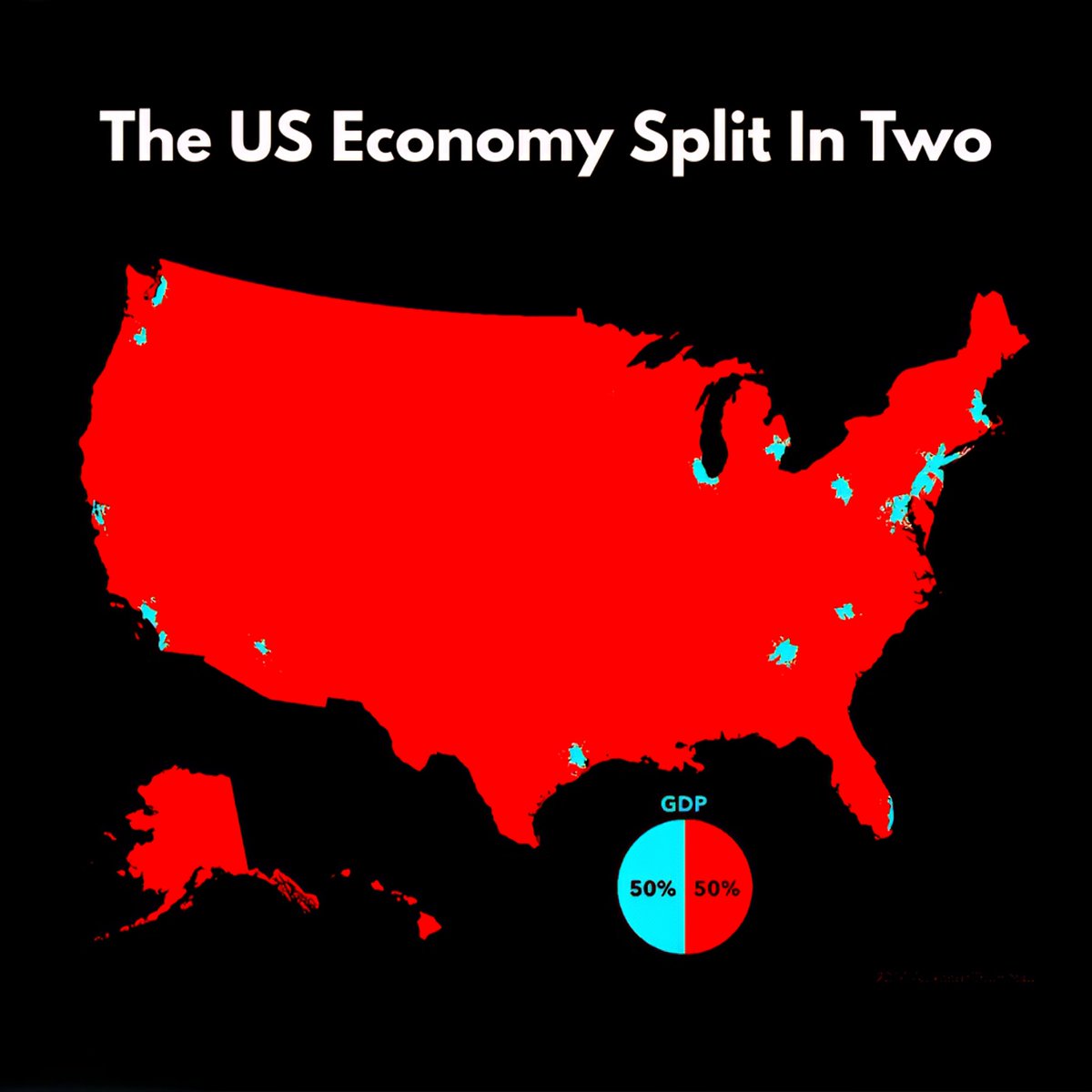Select Language:
The U.S. Economy in 2025: A Deep Dive into the Divided Landscape

1. The Growing Wealth Divide
One of the most striking features of the U.S. economy in 2025 is the widening gap between the affluent and the middle class. According to recent reports, the top 10% of earners now control nearly 70% of the nation’s wealth, a significant increase from previous years. This disparity is driven by a combination of technological advancements benefiting high-skilled workers, stock market gains concentrated among the wealthy, and stagnant wages for the lower and middle classes. As a result, economic mobility feels increasingly out of reach for many Americans, fueling social tensions.
2. Regional Economic Disparities Expand
The economic divide isn’t uniform across regions. Coastal cities like New York, Los Angeles, and San Francisco continue to thrive, driven by booming technology, finance, and entertainment sectors. Meanwhile, rural areas and manufacturing hubs in the Midwest face economic stagnation or decline, struggling with job losses, dwindling infrastructure investments, and declining population. The so-called “blue state” versus “red state” economic chasm is more palpable than ever, with policy debates often centered around how to bridge these regional gaps.
3. The Rise of Automation and AI
Automation and artificial intelligence are reshaping the job market, with significant implications for employment. Many manual and routine jobs in manufacturing, retail, and transportation are being replaced by machines, leading to job displacement for thousands of workers. Conversely, demand for tech-savvy professionals, data analysts, and AI specialists is skyrocketing. This shift favors those with advanced education and skills, exacerbating income inequalities. Policymakers are now debating how to provide retraining programs and safety nets for displaced workers.
4. Currency and Inflation Concerns
Inflation continues to be a hot-button issue in 2025, with consumer prices rising at a faster rate than wages. While the Federal Reserve has implemented measures to curb inflation, the impact has led to increased living costs, especially for essentials like housing, healthcare, and groceries. The dollar remains strong globally, but the cost of living for everyday Americans has become increasingly burdensome. Many families are feeling squeezed, with some resorting to debt to cover basic expenses.
5. Stock Market Divergence
The stock market remains a mixed picture. Tech giants and large corporations see their shares surge to record highs, bolstered by innovations in AI and cybersecurity. However, small businesses and startups face much tougher terrain, with funding becoming harder to secure. The disparity contributes to a broader economic divide, as wealth concentrated in equities benefits an already privileged segment of the population, while average workers have limited exposure.
6. Real Estate Market Fluctuations
The housing market in 2025 exhibits sharp contrasts depending on location. Major cities continue to experience soaring property prices, driven by luxury developments and high demand from affluent buyers. Conversely, many affordable markets are facing stagnant or falling prices, caused by rising mortgage rates and economic uncertainty. Homeownership remains elusive for many younger Americans, and rent prices continue to climb, putting pressure on low-income families.
7. Economic Policy and Political Divide
Economic policy debates are increasingly polarized. Proponents of deregulation argue that reducing taxes and restrictions fosters growth, especially in wealthy sectors. Opponents advocate for increased social spending, higher minimum wages, and stronger safety nets to address inequality. The political divide significantly influences legislative priorities, often leading to gridlock, which hampers effective economic reforms aimed at fostering a more inclusive economy.
8. Future Outlook: An Economy in Transition
The economic landscape of 2025 reflects a nation at a crossroads. While technological innovation and certain sectors flourish, the widespread disparities highlight the urgent need for inclusive policies. Building a more balanced economy will require targeted investments in education, infrastructure, and social safety nets to ensure all Americans can participate and thrive in the future economy.
The state of the U.S. economy in 2025 is undeniably complex—divided not just by wealth but by opportunity, regional growth, and social resilience. How policymakers and communities respond in the coming years will shape the nation’s economic destiny.







